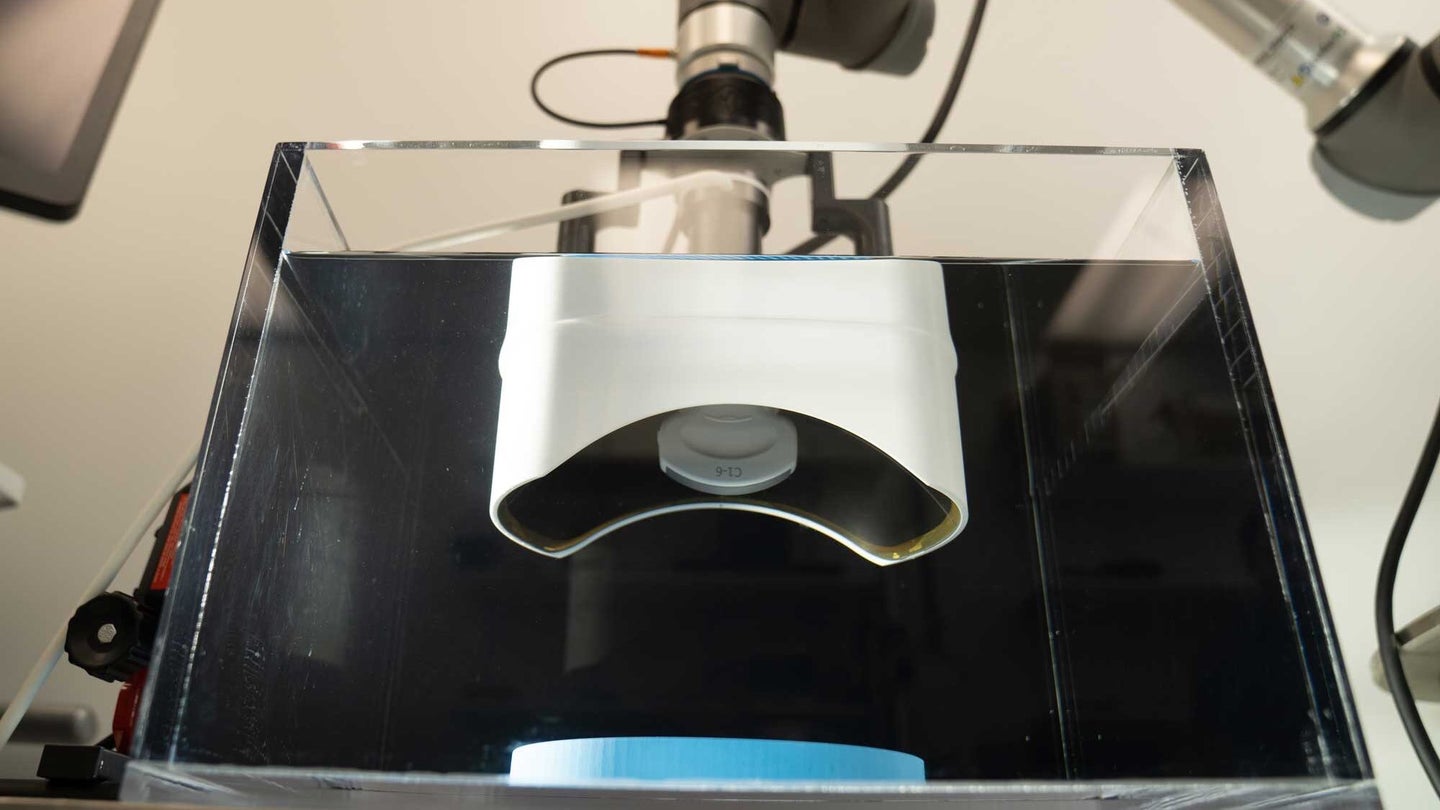This non-invasive device blasts apart tumors with sound waves
The tech recently received FDA approval, and will soon be available as a treatment option for patients in the US.

This week, the US Food and Drug Administration gave the green light to a device that uses ultrasound waves to blast apart tumors in the liver. This technique, which requires no needles, injections, knives, or drugs, is called histotripsy, and it’s being developed by a company called HistoSonics, founded by engineers and doctors from the University of Michigan in 2009.
According to a press release, this approval comes after the results of a series of clinical trials indicated that it can effectively destroy liver tumors while being safe for patients. Now hospitals can purchase the device and offer it to patients as a treatment option. The machine works by directing targeted pulses of high-energy ultrasound waves at a tumor, which creates clusters of microbubbles inside it. When the bubbles form and collapse, they stress the cells and tissues around them, allowing them to break apart the tumor’s internal structure, leaving behind scattered bits that the immune system can then come in to sweep up.
Here’s the step-by-step process: After patients are under anesthesia, a treatment head that looks uncannily like a pair of virtual reality goggles is placed over their abdomen. Clinicians toggle through a control screen to look at and locate the tumor. Then they lock and load the sound waves. The process is reportedly fast and painless, and the recovery period after the procedure is short.
Through a paired imaging machine, clinicians can also see that the sound waves are targeted at the tumor while avoiding other parts of the body. A robotic arm can also move the transducer to get better aim at the tumor region. In this process, the patient’s immune system can also learn to recognize the tumor cells as threats, which prevented recurrence or metastasis in 80 percent of mice subjects.
While the approval of the device is a big step for broadening the options for cancer treatments, the use of sound waves in medicine is not new. Another platform called Exablate Prostate by Insightech was cleared by the FDA for human trials in prostate cancer patients (although clearance is not quite the same thing as an approval). Nonetheless, the results have been encouraging. The histotripsy technique is being applied in many preclinical experiments for tumors outside of the brain, such as in renal cancer, breast cancer, pancreatic cancer, and musculoskeletal cancer.
Beyond tumors, a similar technique called lithotripsy, which uses shock waves, has been a treatment for breaking apart painful kidney stones so they become small enough for patients to pass.
Watch the device at work below:
